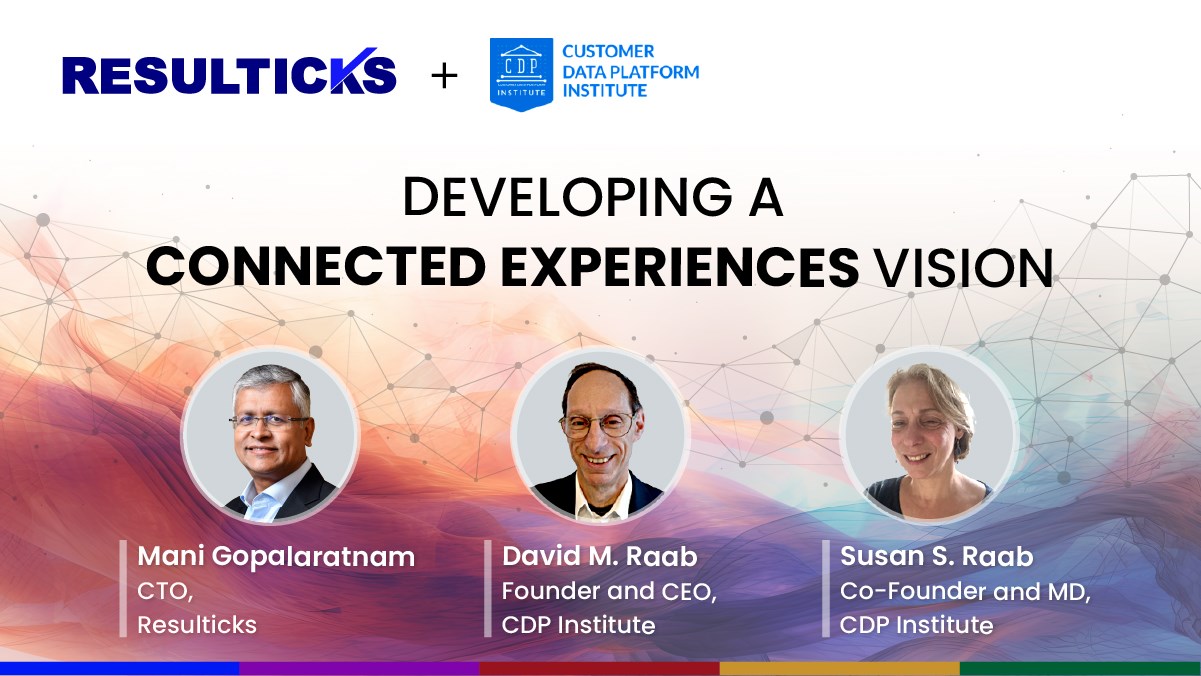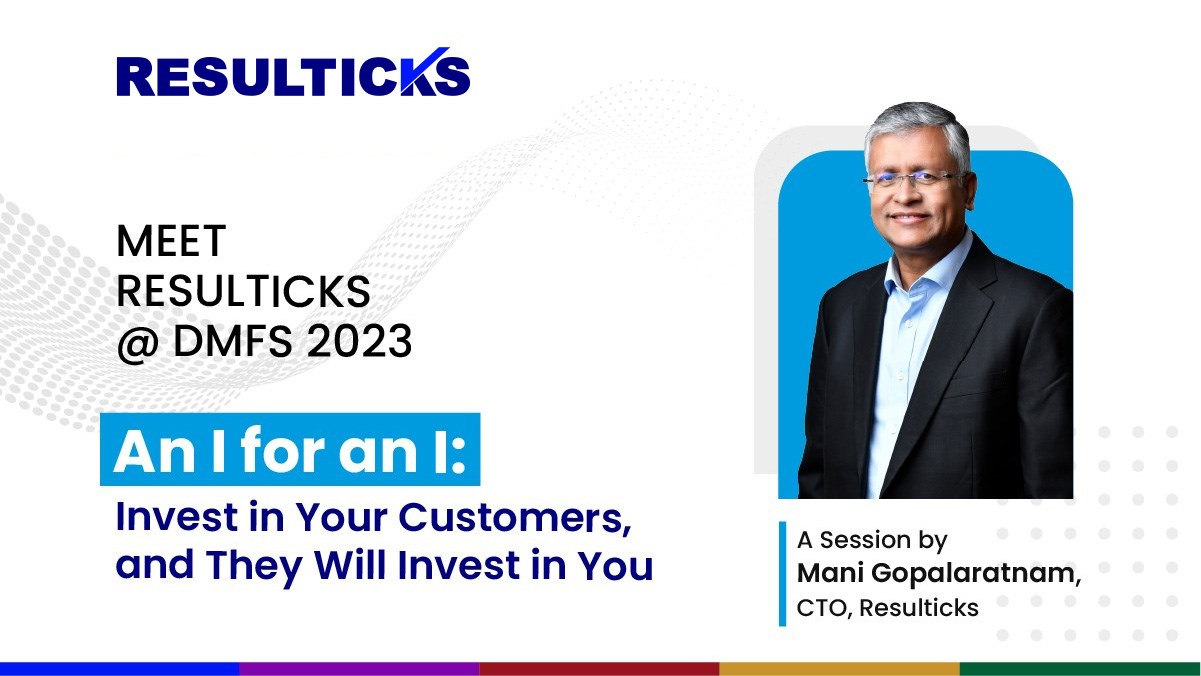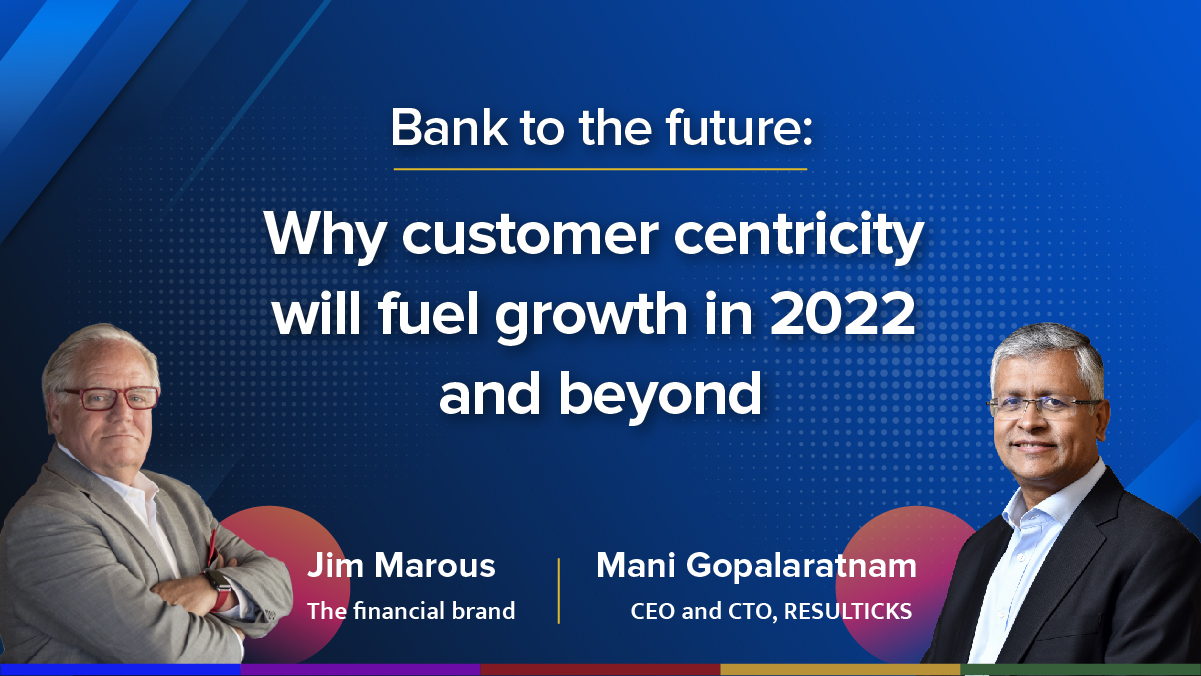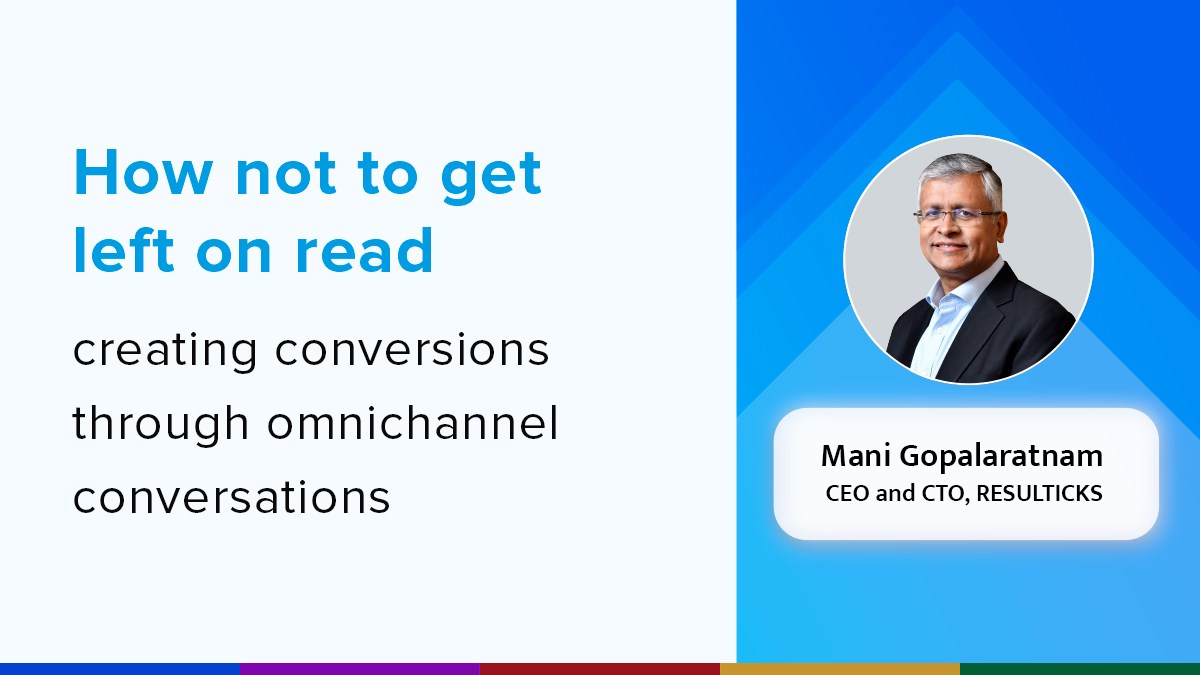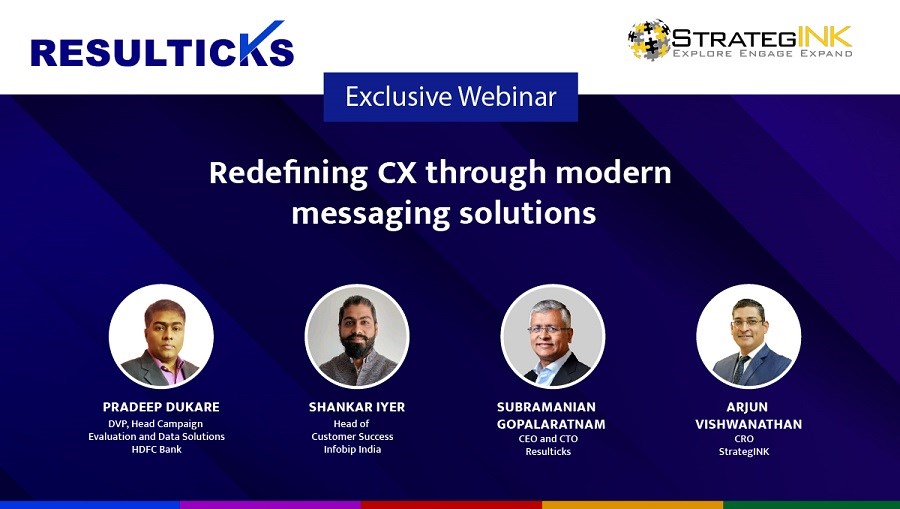2019 saw the continued shift in the adoption of cloud platforms from “Infrastructure as a Service” to “Platform as a Service.” Cloud-based applications also gained greater acceptance in regulated industries such as BFSI and Healthcare. In 2019, cloud shed its status as mere hype and became a mainstay. In 2020, its adoption has continued, with many applications transitioning towards SAAS (Software as a Service), and a significant number of organizations have also been implementing business IT. All of these shifting practices are changing the application development and adoption landscape.
Emerging trends
2020 began a wide array of future-forward business sectors adoption cloud solutions as the cornerstone of the tech stacks. As many of such solutions are being standardized and growing in compatibility, it opens up a path for innovative channel roles to support an application level process that combines the incorporation of AI and machine learning with high-performance computing that would have been difficult to set up in house.
The following are the key trends that are shaping cloud-based applications for the next decade:
Omni-cloud
2019 saw a great deal of attention on multi-cloud operations, where the applications and service workloads are deployed across multiple IAAS providers to avoid a single point of failure and redundancy. In 2020, we will likely see a shift towards virtualized applications and PAAS services that are used across cloud providers. This will move us from multi-cloud to the era of “omni-cloud” for its better connectivity, improved access, and ability to not only replicate workloads but enable specialized workloads that are distributed across clouds.
Standardized deployment and management
We can very likely expect a noticeable move from virtualization (VM) to containerization. While similar to VMs in certain aspects, containers are considered lightweight thanks to their relaxed isolation properties, which share the Operating System (OS) among applications. Like a VM, a container has its own filesystem, CPU, memory, process space, and more. As they are decoupled from the underlying infrastructure, they are portable across clouds and OS distributions.
Kubernetes, a container orchestration tool introduced 5 years ago by Google, is now seen as the core for managing multi-cloud environments. Kubernetes is fast becoming a standard, and it is playing a crucial role in redefining the global cloud space. As cross-cloud unity becomes the talk of the town among developers, many are now starting to understand the significance of a container orchestrator’s capacity to simplify the overall deployment that is rooted in a streamlined, secure process in a cloud environment.
Virtual private cloud patterns on public cloud
Technologies like containers that support application portability are making it easier for organizations to move towards a private infrastructure or designated partitions on a public cloud. Although public cloud will still continue its share as a preferred medium, we can be prepared for an equal flow of traffic in both directions in 2020. Moreover, private cloud repatriation will further stimulate the market’s readiness for hybrid cloud environments.
Improved SAAS offerings
SAAS is gaining momentum, and organizations can expect continuous improvements in the offerings available. It is important that analytics, machine learning, and AI models are playing a massive role in SAAS solutions. Technology partners like Resulticks are providing comprehensive customer data management capabilities, omnichannel customer journey orchestration, as well as integrated AI and ML models at scale. Resulticks, for instance, has also responded to the demand in regulated industries with its unique hybrid solution architecture options.
Edge
Due to the high processing volume and low-latency requirements of IOT and/or real-time data workloads that enable omnichannel customer engagement, it is not possible to rely on the cloud for real-time decisions. However, cloud providers like Azure are addressing this challenge with an edge cloud infrastructure that facilitates the processing of local data and data pipelines while handling primary processing loads in the main cloud. By running some computing at the edge and then centralizing the results, these providers are reducing bandwidth requirements, increasing security and privacy, and optimizing computing usage.
Security enhancements
The security and data privacy of cloud applications are still a point of concern for businesses. To clarify, security on a cloud encompasses much more than access security; it includes encryption, anonymization, masking, as well as data at rest, motion and in archive.
And organizations understandably are expecting that a holistic approach is adhered to as they work to achieve robust security readiness. In 2020 and beyond, we will notice more solution providers enhancing their security features, using standardized images, and implementing integrated patching solutions to make this a reality.
Cloud computing is not just the mainstream today. It has become a powerful enabler for organizations worldwide. The trend is clear: the move from multi-cloud to omni-cloud, the transition from IaaS to PaaS with value-added SaaS solutions, and the maturation of edge-based cloud support in the next two to five years.












